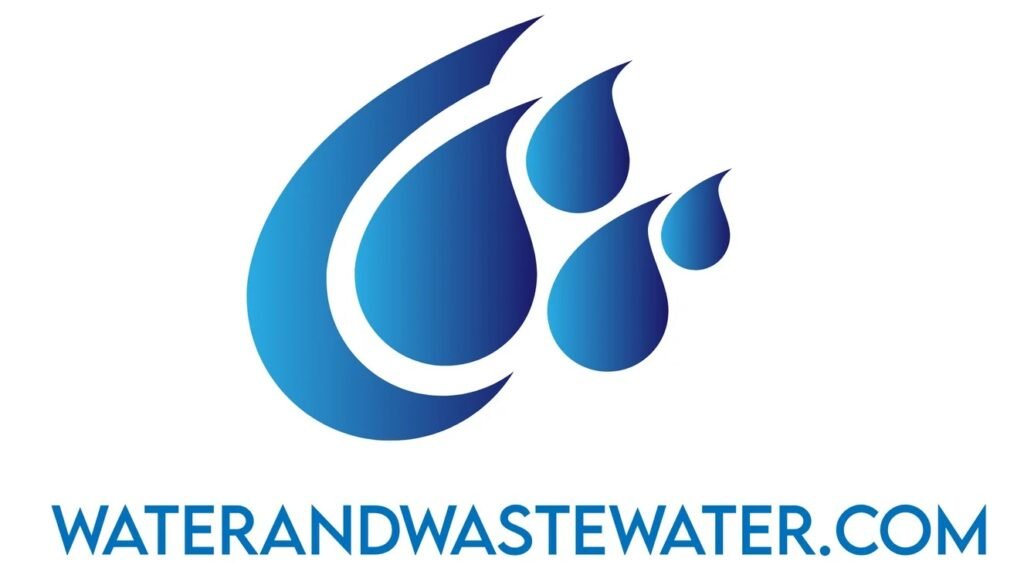Category: PFAS
Innovative Adsorbents for PFAS: A Comprehensive Guide for Environmental Engineers Introduction In the landscape of contemporary water treatment, the removal of per- and polyfluoroalkyl substances (PFAS) stands as one of the most formidable challenges. These so-called "forever chemicals," known for their persistence and bioaccumulation, have prompted stringent regulations and amplified public concern. As of July […]
Understanding PFAS Breakthrough Curve: Implications for Water Treatment Solutions Introduction Per- and polyfluoroalkyl substances (PFAS) have made headlines over recent years due to their persistence in the environment and potential health risks. As of July 2025, regulatory scrutiny surrounding these ‘forever chemicals’ has intensified, compelling municipalities and industries alike to seek effective water treatment solutions. […]
RO Membrane Rejection of PFAS: A Comprehensive Analysis for Water Treatment Professionals Introduction As per- and polyfluoroalkyl substances (PFAS) continue to garner attention due to their detrimental health impacts and widespread environmental contamination, water treatment professionals face the urgent challenge of effectively removing these persistent pollutants. A key technology in this fight is reverse osmosis […]
Regenerable Ion Exchange Resin: An Expert Examination of Its Role in Water Treatment Introduction As environmental concerns accelerate, industries and municipal water treatment plants are increasingly challenged to meet stringent regulatory standards and manage the complex demands of water purification. Regenerable ion exchange resins have emerged as a pivotal technology in addressing these issues, primarily […]
GAC Media for PFAS: An Expert Guide to Remediation Solutions Introduction As the environmental challenges posed by per- and polyfluoroalkyl substances (PFAS) become increasingly clear, communities and industries alike are seeking effective remediation options. Granular activated carbon (GAC) has emerged as a leading solution for removing PFAS from contaminated water sources. With stringent regulations on […]
GAC vs Ion Exchange for PFAS: A Comprehensive Analysis Introduction Per- and polyfluoroalkyl substances (PFAS), often referred to as "forever chemicals," have emerged as a critical concern for environmental engineers and public health officials alike. The persistence of PFAS in the environment and their potential health impacts, including cancer and liver damage, make their removal […]
PFAS Removal Efficiency: Breaking Down the Technology and Regulations for Effective Water Treatment Introduction Per- and polyfluoroalkyl substances (PFAS) have emerged as a significant environmental challenge, with widespread implications for public health and water quality. These synthetic compounds, known for their persistence in the environment, have been linked to numerous health issues, including immune system […]
PFAS Adsorption: An In-Depth Examination of Challenges and Solutions Introduction As environmental regulations increasingly tighten around the use of per- and polyfluoroalkyl substances (PFAS), a class of man-made chemicals known for their persistence in the environment and human body, the need for effective remediation techniques is more pressing than ever. Specifically, PFAS adsorption has emerged […]
Treating Short-Chain PFAS: A Comprehensive Guide for Environmental Professionals Introduction In an era where water quality is paramount, the pervasive issue of per- and polyfluoroalkyl substances (PFAS) demands urgent attention. Among these compounds, short-chain PFAS—defined by carbon chain lengths ranging from two to six—present unique challenges in water treatment processes. By 2025, regulations surrounding PFAS […]
Comprehensive Guide to PFOA Water Treatment: Solutions and Strategies for Effective Remediation Introduction Perfluorooctanoic acid (PFOA) has emerged as a significant concern for public health and environmental safety due to its persistence in the environment and its bioaccumulation in the human body. With regulatory bodies like the Environmental Protection Agency (EPA) tightening limits on PFOA […]
